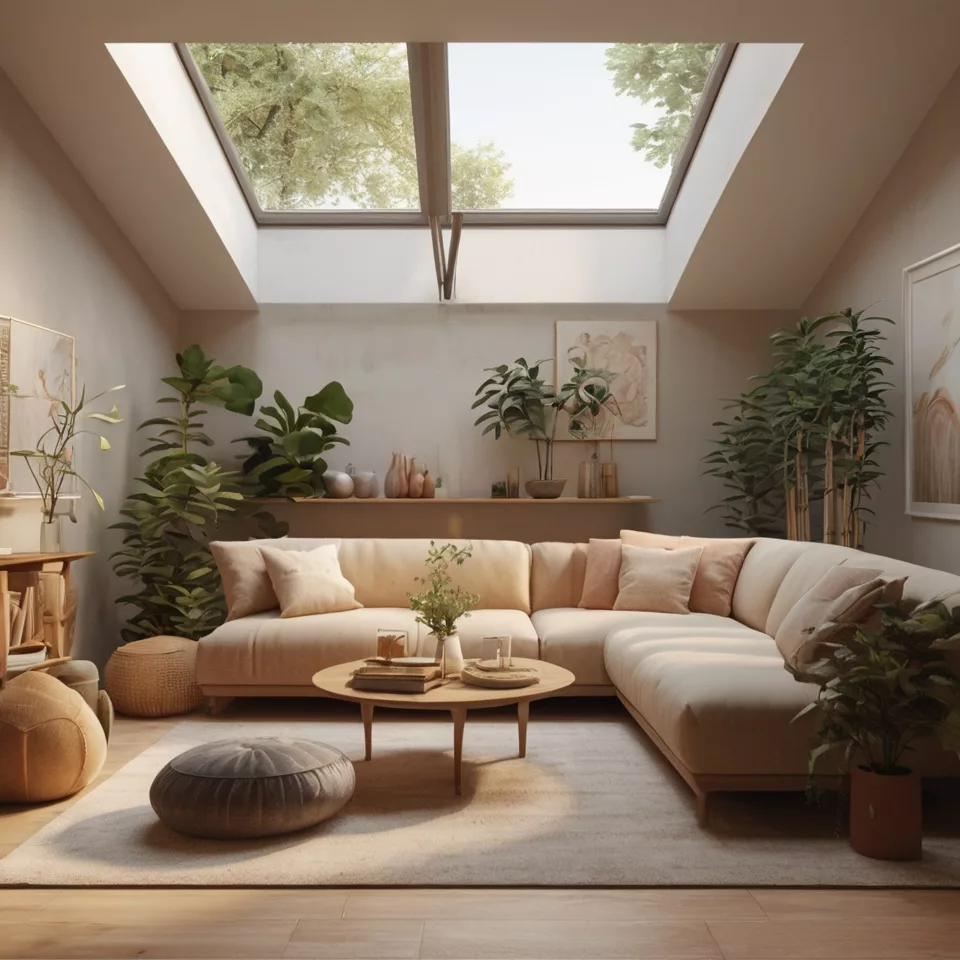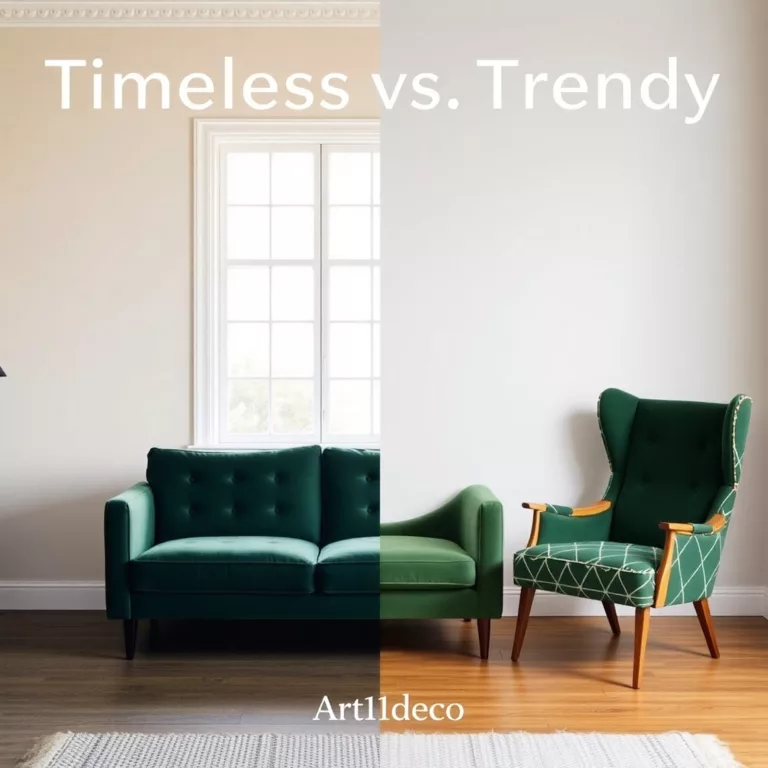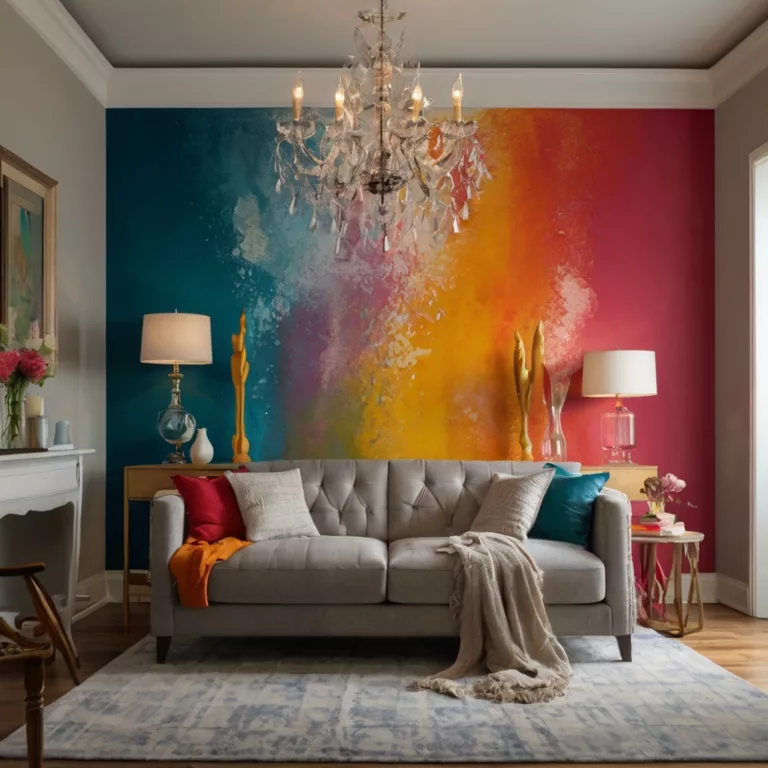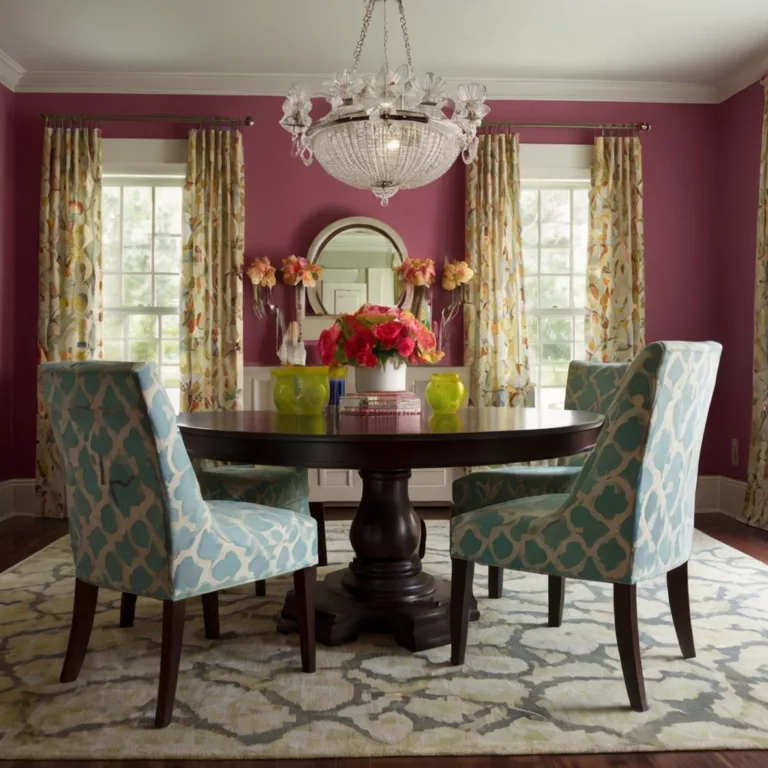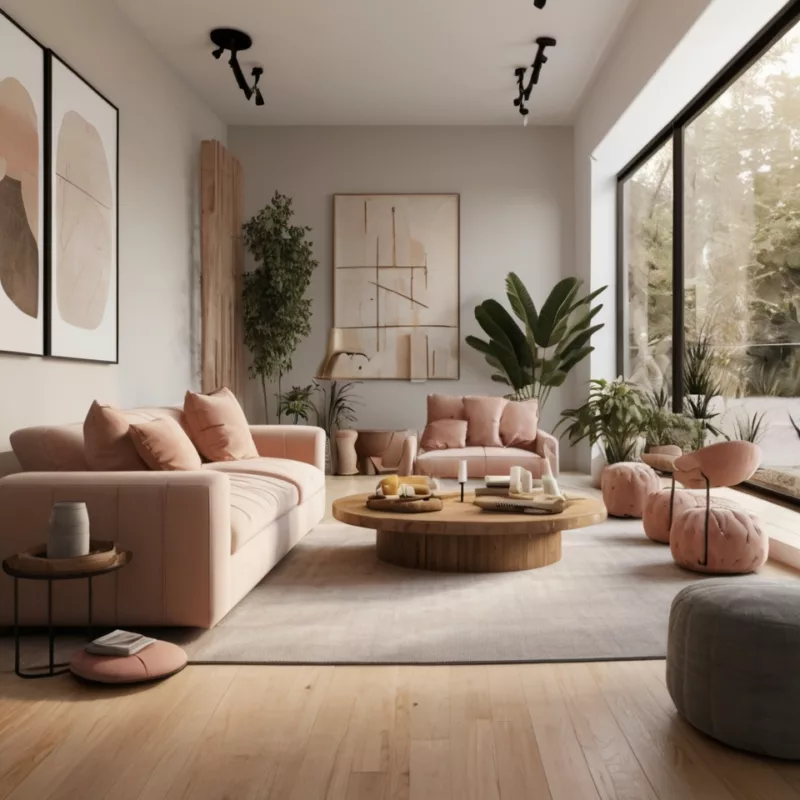
Designing your home for wellness isn’t just about aesthetics it’s about crafting spaces that nurture your psychological well-being, reduce stress, and promote positive mental health outcomes.
Understanding the Connection Between Home Environment
The relationship between our living spaces and mental health is profound and scientifically documented. Designing your home for wellness begins with understanding how environmental factors directly influence our psychological state, stress levels, and overall well-being.
Research from environmental psychology demonstrates that our surroundings can trigger stress responses or promote relaxation. The colors we see, the amount of natural light we receive, and even the organization of our belongings all play crucial roles in shaping our mental state throughout the day.
Poor home environments can contribute to anxiety, depression, and chronic stress. Conversely, thoughtfully designed spaces can enhance mood, improve focus, and create a sense of sanctuary that supports mental recovery and growth.
Essential Elements of Wellness-Focused Home Design
Designing your home for wellness requires attention to several key elements that work together to create a psychologically supportive environment. These foundational components form the backbone of any wellness-oriented living space.
Natural Elements and Materials
Incorporating natural materials like wood, stone, and organic textiles creates an immediate connection to nature. These elements trigger our innate biophilic responses, reducing cortisol levels and promoting feelings of calm and groundedness.
Flexible and Adaptable Spaces
Mental wellness needs change throughout the day and across different life phases. Designing spaces that can easily adapt to various activities—from quiet contemplation to social interaction—ensures your home continues to support your evolving mental health needs.
Sensory Balance
A wellness-focused home carefully manages sensory input. This means creating spaces that engage the senses positively without overwhelming them, using texture, scent, and visual elements thoughtfully to promote relaxation and mental clarity.
Natural Light and Its Impact on Mental Wellness
Natural light serves as one of the most powerful tools in designing your home for wellness. Exposure to natural light regulates circadian rhythms, supports vitamin D production, and directly impacts mood and energy levels.
Maximizing Natural Light Exposure
Strategic placement of mirrors can amplify existing natural light, while light-colored walls and surfaces help reflect and distribute sunlight throughout your space. Consider removing heavy window treatments during daylight hours to allow maximum light penetration.
Seasonal Affective Considerations
During darker months, supplement natural light with full-spectrum light therapy lamps. Position these strategically in areas where you spend morning time, such as breakfast nooks or home offices, to combat seasonal mood changes.
Creating Light-Filled Transition Spaces
Entryways and hallways benefit from natural light exposure, creating positive psychological transitions between different areas of your home. This supports mental clarity and helps establish healthy boundaries between various activities and spaces.
Color Psychology in Home Design
Color profoundly influences our emotional and psychological states, making it a crucial consideration when designing your home for wellness. Understanding color psychology enables you to create spaces that actively support your mental health goals.
Calming Color Palettes
Soft blues, gentle greens, and warm neutrals promote relaxation and stress reduction. These colors work particularly well in bedrooms, meditation spaces, and areas designated for rest and recovery.
Energizing Color Choices
Warm yellows, soft oranges, and vibrant greens can boost energy and creativity. These colors work effectively in home offices, creative spaces, and areas where you need mental stimulation and focus.
Personal Color Responses
While general color psychology provides guidelines, personal associations and cultural backgrounds influence individual color responses. Pay attention to how different colors make you feel and adjust your choices accordingly.
Creating Calm Spaces Through Decluttering
Clutter creates visual chaos that translates directly into mental stress. Designing your home for wellness requires intentional organization and the elimination of unnecessary items that contribute to psychological overwhelm.
The Psychology of Clutter
Excessive belongings create decision fatigue and constant low-level stress. Our brains process every visible item, leading to cognitive overload that impacts focus, mood, and overall mental well-being.
Implementing Mindful Organization Systems
Create designated spaces for every item in your home. This reduces the mental energy required to maintain organization and creates a sense of control and calm that supports psychological well-being.
Emotional Decluttering Strategies
Release items that carry negative emotional associations or represent past versions of yourself that no longer serve your current mental health goals. This process can be therapeutic and create space for positive growth.
Biophilic Design: Bringing Nature Indoors
Biophilic design principles are fundamental to designing your home for wellness. Our innate connection to nature provides powerful stress relief and mental health benefits when incorporated thoughtfully into living spaces.
Indoor Plant Integration
Strategic placement of plants improves air quality while providing psychological benefits. Research shows that interaction with plants reduces stress hormones and promotes feelings of calm and well-being.
Natural Pattern and Texture Integration
Incorporate natural patterns like wood grain, stone textures, and organic shapes throughout your home. These elements trigger subconscious responses that promote relaxation and mental restoration.
Water Features and Natural Sounds
The sound of flowing water naturally masks distracting noises while creating a calming auditory environment. Small fountains or water features can transform the acoustic landscape of your home.
Designing Dedicated Wellness Zones
Creating specific areas dedicated to mental health practices reinforces positive habits and provides consistent spaces for stress relief and emotional regulation when designing your home for wellness.
Meditation and Mindfulness Spaces
Designate a quiet corner or room specifically for meditation, deep breathing, or mindfulness practices. Keep this space simple, comfortable, and free from distractions to support consistent practice.
Reading and Reflection Nooks
Create cozy reading areas with comfortable seating, good lighting, and easy access to books or journals. These spaces provide mental escape and opportunities for self-reflection and personal growth.
Creative Expression Areas
Designate space for creative activities like drawing, writing, or crafting. Creative expression provides powerful stress relief and mental health benefits, making dedicated creative spaces valuable wellness investments.
Air Quality and Mental Health
Indoor air quality directly impacts cognitive function, mood, and overall mental well-being. Designing your home for wellness must include attention to air purity and circulation systems.
Natural Air Purification
Certain plants excel at removing indoor air pollutants while adding oxygen. Snake plants, peace lilies, and spider plants provide natural air purification while contributing to biophilic design goals.
Ventilation and Air Circulation
Proper ventilation prevents stuffiness and maintains optimal oxygen levels. Ensure adequate airflow throughout your home, particularly in sleeping and working areas where you spend extended time.
Chemical-Free Cleaning Alternatives
Traditional cleaning products can negatively impact indoor air quality and, consequently, mental health. Transition to natural cleaning alternatives that maintain cleanliness without introducing harmful chemicals.
Acoustic Considerations for Mental Wellness
Sound pollution and poor acoustics can significantly impact mental health, making acoustic design a crucial element when designing your home for wellness.
Noise Reduction Strategies
Soft furnishings, carpets, and wall hangings absorb sound and reduce echo. Strategic placement of these elements can create quieter, more peaceful environments that support mental tranquility.
Positive Sound Integration
Incorporate pleasant sounds like gentle music, nature sounds, or wind chimes to mask unwanted noise while creating positive auditory experiences that support mental well-being.
Acoustic Zoning
Create distinct acoustic zones within your home, separating quiet areas for rest and reflection from more active spaces for social interaction and daily activities.
Furniture and Layout for Psychological Comfort
Furniture selection and arrangement significantly impact psychological comfort and social interaction patterns. Designing your home for wellness requires thoughtful consideration of how furniture choices affect mental state and behavior.
Comfort and Ergonomics
Invest in furniture that supports physical comfort, as physical discomfort directly translates to mental stress. Proper ergonomics in seating and work surfaces prevent physical strain that can negatively impact mood.
Spatial Flow and Movement
Arrange furniture to create natural traffic patterns that feel intuitive and comfortable. Poor traffic flow creates subconscious stress and can make spaces feel cramped or uncomfortable.
Conversation and Connection Areas
Design seating arrangements that facilitate comfortable conversation and connection. This supports social well-being and provides spaces for meaningful interaction with family and friends.
Technology Integration for Mental Health Support
Modern technology offers tools that can enhance mental wellness when thoughtfully integrated into home design. Designing your home for wellness can include strategic technology placement that supports rather than detracts from mental health.
Smart Lighting Systems
Automated lighting systems can adjust color temperature and intensity throughout the day, supporting natural circadian rhythms and improving sleep quality and mood regulation.
Mental Health Apps and Resources
Create designated spaces for using mental health apps, online therapy sessions, or guided meditation programs. Ensure these areas have reliable internet connectivity and comfortable seating.
Digital Wellness Boundaries
Establish technology-free zones in bedrooms and dining areas to promote better sleep hygiene and more mindful eating and social interaction.
Budget-Friendly Wellness Design Solutions
Designing your home for wellness doesn’t require expensive renovations. Many effective wellness design strategies can be implemented on modest budgets through creative solutions and prioritization.
DIY Natural Elements
Create your own natural design elements through simple projects like herb gardens, homemade essential oil diffusers, or natural fiber crafts that add texture and biophilic elements.
Secondhand and Upcycled Furniture
Source comfortable, well-made furniture from secondhand stores and upcycle pieces to match your wellness design vision. This approach is both budget-friendly and environmentally conscious.
Seasonal Rotation Systems
Create variety and freshness in your space by rotating decorative elements seasonally. This prevents visual stagnation while maintaining psychological interest and engagement.
Room-by-Room Wellness Design Guide
Each room in your home serves different functions and requires specific wellness design considerations. Designing your home for wellness involves tailoring approaches to meet the unique mental health needs of each space.
Bedroom Wellness Design
Prioritize sleep quality through blackout curtains, comfortable bedding, and calming colors. Remove electronics and work materials to create a space dedicated solely to rest and recovery.
Kitchen Wellness Integration
Design your kitchen to support healthy eating habits and social connection. Ensure adequate natural light, organize spaces for easy meal preparation, and create areas for family gathering and conversation.
Living Room Mental Health Support
Arrange seating to facilitate conversation while providing options for solitude. Include elements that promote relaxation like soft lighting, comfortable throws, and easy access to books or calming activities.
Home Office Wellness Considerations
Balance productivity needs with mental health support through proper lighting, ergonomic furniture, and stress-reducing elements like plants or calming artwork.
Maintaining Your Wellness-Focused Home
Designing your home for wellness is an ongoing process that requires regular attention and adjustment. Maintaining your wellness-focused environment ensures continued mental health benefits over time.
Regular Decluttering Practices
Implement weekly or monthly decluttering routines to prevent accumulation of items that contribute to visual chaos and mental stress. This practice becomes easier with consistent effort.
Seasonal Wellness Adjustments
Adapt your home environment seasonally to address changing mental health needs. This might include adjusting lighting, adding warming elements in winter, or increasing natural ventilation in summer.
Monitoring and Adjusting
Pay attention to how your home environment affects your mental state and make adjustments as needed. Your wellness needs may change over time, and your home should evolve accordingly.
Conclusion
Designing your home for wellness represents a powerful investment in your mental health and overall quality of life. By thoughtfully incorporating natural elements, optimizing lighting and air quality, creating dedicated wellness spaces, and maintaining organized, peaceful environments, you can transform your home into a sanctuary that actively supports your psychological well-being.
The strategies outlined in this comprehensive guide provide a roadmap for creating spaces that nurture mental health through environmental design. Remember that wellness-focused home design is a personal journey—what works for one person may not work for another. Experiment with different approaches, pay attention to how various elements affect your mental state, and adjust your environment accordingly.
Your home should be more than just a place to live—it should be a healing environment that supports your mental health goals and contributes to your overall wellness journey. Through intentional design choices and ongoing attention to your environmental needs, you can create a living space that truly enhances your mental health and supports your well-being for years to come.
Start with small changes and gradually build upon them. Even modest improvements in your home environment can yield significant mental health benefits when implemented consistently and thoughtfully. Your journey toward designing your home for wellness begins with a single step take that step today and begin creating the mentally supportive living environment you deserve.

